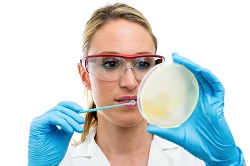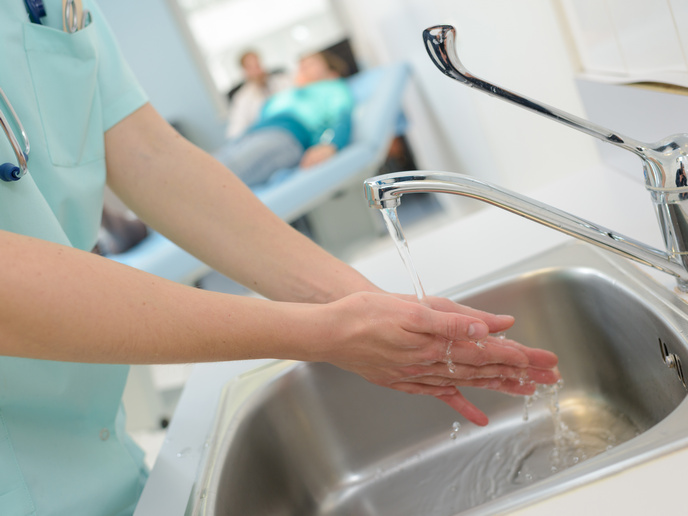Recommendations on driving antibiotic R&D and helping to fight antimicrobial resistance
It is estimated that antibacterial drug resistance costs the EU at least EUR 1.5 billion and about 25 000 lives every year. The development of new drugs to treat resistant infections is falling behind. New economic models offering incentives that directly support R&D and reward successful outcomes from R&D for the discovery and development of novel antibiotics are long overdue. These models will also need to reconcile such incentives with responsible antibiotic use and access. The EU and industry-funded project DRIVE-AB(opens in new window) aimed to “transform the way policymakers stimulate antibiotic innovation, while ensuring that these new antibiotics are used sustainably and are equitably available to meet public health needs,” says Judith Hackett, the project’s coordinator. To build policy recommendations and incentivise antibiotic R&D, DRIVE-AB used a research-based multidisciplinary approach involving a broad range of stakeholders from academic institutions, research organisations and pharmaceutical/biotechnology industries. Furthermore, project partners defined standards and metrics for responsible use of antibiotics and identified antibiotic-related public health priorities. They also calculated the societal value of having new antibiotics available for these priorities. In addition, the project team developed and costed new economic models to promote the desired antibiotic innovation and sustainable use of the resulting novel antibiotics. Incentives to revitalise antibiotic pipeline and boost innovation DRIVE-AB assessed more than 30 different economic incentives. It considered how each one of these would affect antibiotic innovation, sustainable use and equitable availability. One key incentive is the market entry reward, which aims to create an attractive market for investment in antibiotic R&D by attracting increased private sector funding and supporting sustainable R&D investment. A model developed by the project estimates that a market entry reward of at least EUR 850 million per antibiotic globally could quadruple the number of new antibiotics entering the market in the next 30 years. Of all the incentives analysed, three additional models were found to be the most effective in stimulating R&D and ensuring that critical antibiotics continue to be accessible and can be used sustainably. These were non-refundable research grants to academic institutions, companies and others, paying for R&D, governmental or non-profit pipeline coordinators that identify and fill gaps in the global antibiotic pipeline, and long-term supply continuity funding to ensure a predictable supply of generic antibiotics over time. The project determines that EUR 680 million is needed annually to fund grants and pipeline coordinators. This represents an increase of about 50 % over the current public investments in antibiotic R&D made every year. Novel incentives and models to maximise R&D Each incentive is intended to stimulate specific phases of the R&D process. These models don’t operate in isolation and are designed to be complementary. Together they form an incentive ecosystem to maximise their effectiveness in stimulating innovation while ensuring sustainable use and access. “There’s no ‘one size fits all’ solution to incentivising antibacterial innovation in a global market with varying unmet needs, healthcare systems and access requirements,” explains Hackett. “A menu of incentives will ultimately be required that can be adapted to a local context and yet still achieve the goal of stimulating antibacterial innovation.” “By developing and testing new economic models for antibiotic development and use, DRIVE-AB will help reinvigorate investment in this area,” concludes Dr Hackett. “Governments and policymakers must act now to implement these incentives and tackle one of the three biggest public health threats, according to the World Health Organization.” DRIVE-AB was funded by the Innovative Medicines Initiative, a public-private partnership between the EU and the European pharmaceutical industry.







